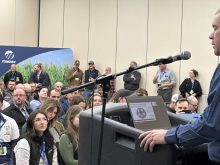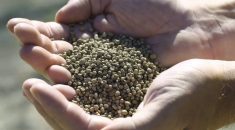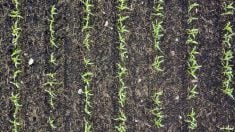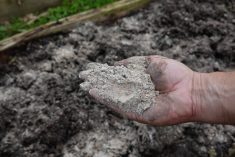It’s soil sampling season again. There’s lots of good information on soil sampling procedures provided by various reputable sources, such as the provincial agriculture departments, crop commissions and fertilizer dealers. I won’t do a detailed review on sampling procedures in this article. Instead, I will comment on a few key issues for consideration to ensure success this fall.
1. Ride along when your fields are being soil sampled. If the person doing your sampling is your agronomist or fertilizer dealer, who has soil science training, this is an excellent opportunity to see the locations in your fields being sampled.
As cores are pulled up, the agronomist can show you and explain the depths of the topsoil and depth to the subsoil in the various areas of each field. The changes in soil characteristics can be explained, such as soil texture or parent material on which the soils have formed. This is an excellent learning opportunity to understand soil variability in your fields. As you develop a greater understanding of the soils and variability on your farm, soil management zone maps will make more sense and provide greater value to your farm management.
Read Also
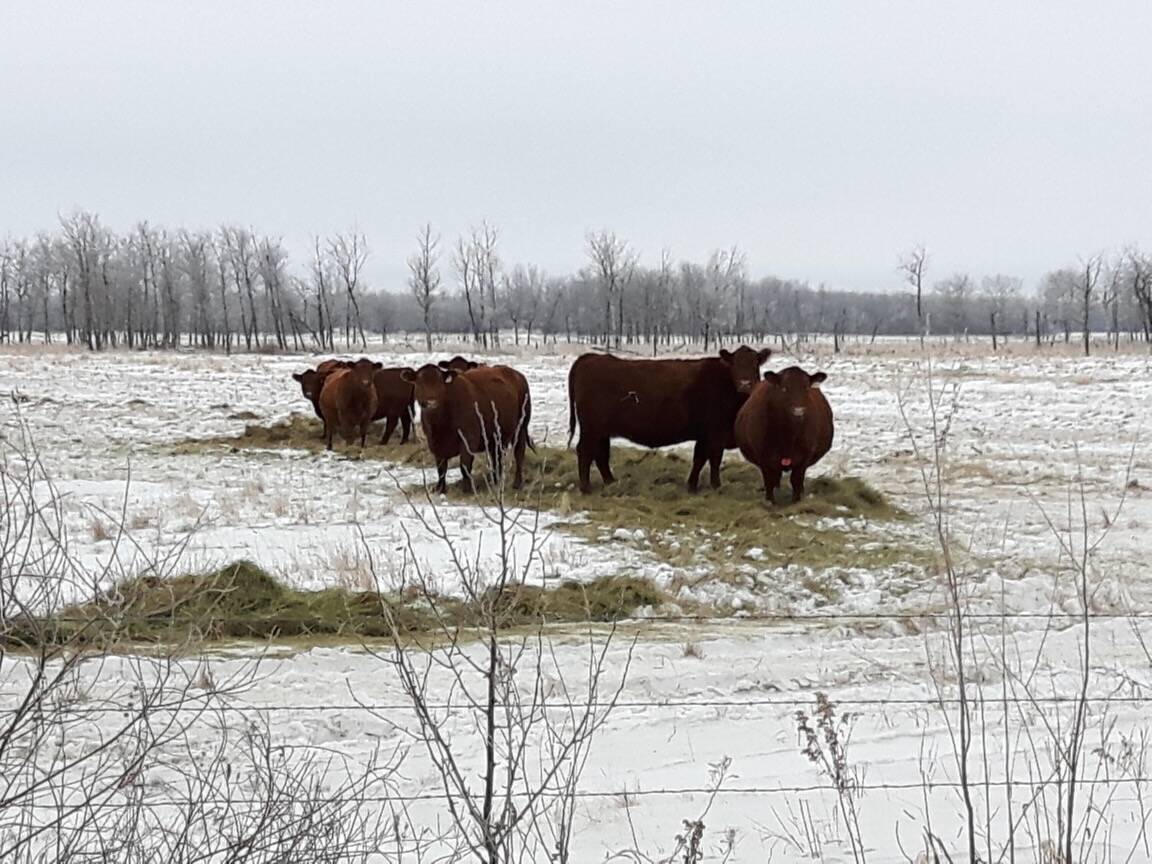
Prevent nitrate poisoning in overwintering beef cows
High-nitrate feeds can be deadly for overwintering beef cows. They can be used, but only if they’re processed and diluted in a lower nitrate ration.
2. Take at least the minimum number of soil sampling sites. In uniform fields that are randomly soil sampled, at least 20 to 25 sites should be sampled. In fields with different soil management zones, it remains important to have at least 20 sampling sites. The fewer the number of sites sampled, the greater the probability of inaccurate assessments of soil nutrient levels, which in turn will affect fertilizer recommendations. Not taking enough soil samples in your fields can be a costly mistake.
3. Understand sampling depths. I prefer sampling depths of zero to six, six to 12 and 12 to 24 inches. Most soil phosphorus and potassium fertilizer recommendations for most crops in each province have been based on calibration with the zero- to six-inch depth. Most nitrogen recommendations are based on the full, 24-inch soil depth and sulphur is based on both the zero- to six- and full, 24-inch depths. More recently, some agronomists and researchers have been sampling the zero- to three- and three- to six-inch depths separately in no-till fields to develop a better knowledge of nutrient stratification and changing characteristics, such as soil pH.
4. How to handle soil samples. Soil samples should be placed in a cooler in the field and at the end of each day shipped in the cooler to the laboratory overnight. If this is not possible, samples should be carefully laid out in plastic or aluminum trays in a clean environment to air dry and then repackaged and sent to the laboratory. If moist soil samples are left in bags in a warm environment, there is potential for nutrient change. Always make sure your soil samples are properly handled to ensure accuracy.
5. Know the details around laboratory analysis. Be sure to ask your agronomist which soil testing lab will do the analyses. Then, ask what analyses will be conducted and why for greater understanding. For example, for Alberta and Saskatchewan farmers, the modified Kelowna-P method is the recommended method to determine plant-available phosphorus levels, which are used to develop phosphate fertilizer recommendations. Some companies do not want to pay for a slightly more expensive test and may opt for a less expensive and less accurate test.
For Manitoba farmers, the recommended method is the sodium bicarbonate (Olsen-P) method due to the more calcareous character of their soils. The Olsen-P method works well on high pH soils but poorly on soils with a pH of less than 6.5. The Bray-P method is used by some laboratories but has never been calibrated to western Canadian soils and is not a recommended method. It should never be used on higher pH soils to make phosphate fertilizer recommendations.
If the same sites are soil sampled on your farm each year, there is no need to pay to determine characteristics such as cation exchange capacity or base saturation, which do not change from year to year. This is simply a waste of money. Be sure to have a good chat with your agronomist to understand the analytical tests that will be done to plan your fertilizer program and soil management on your farm next year.
These are a few issues to keep in mind when your fields are soil sampled and analyzed this fall.






